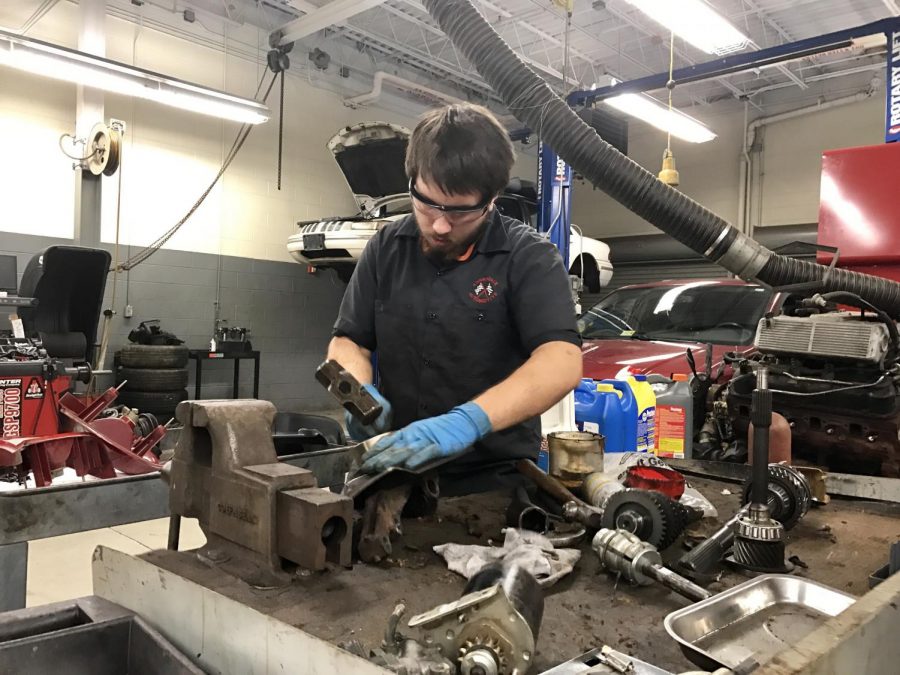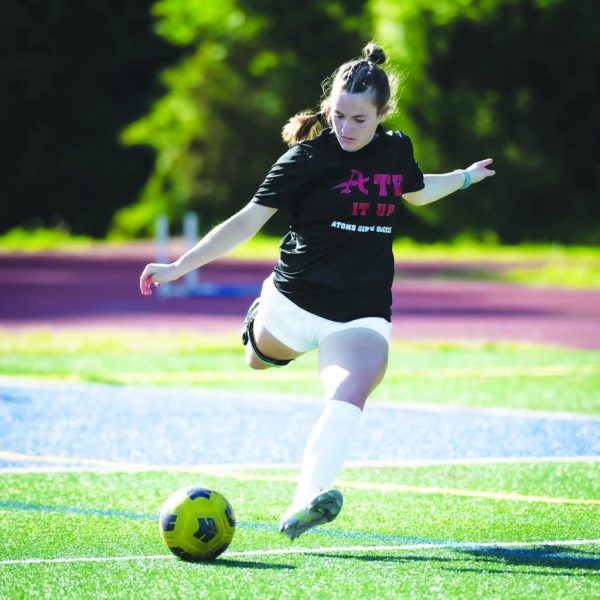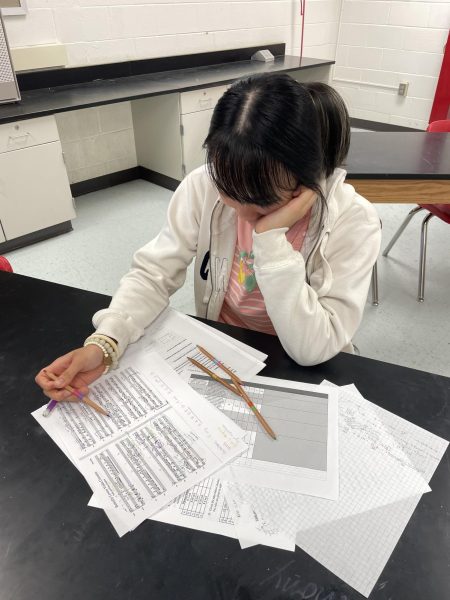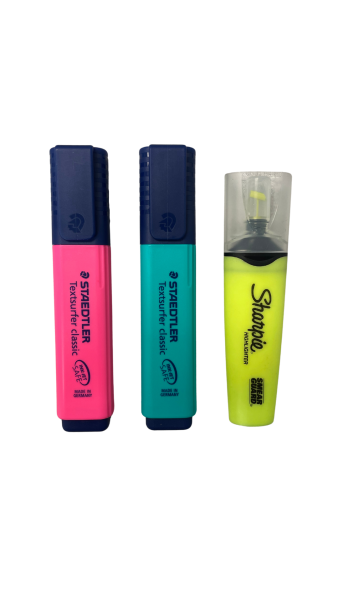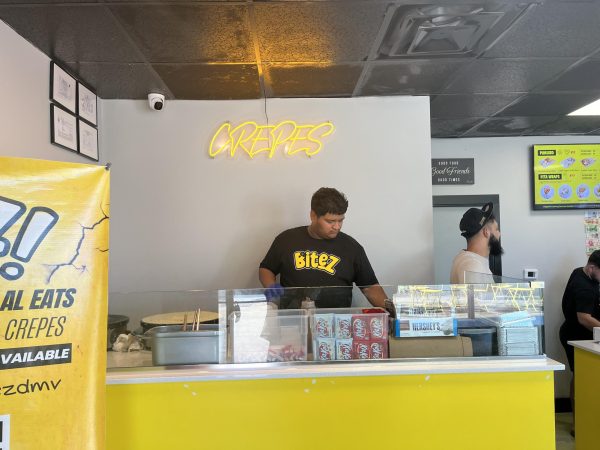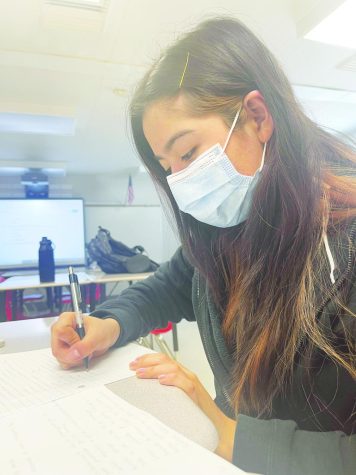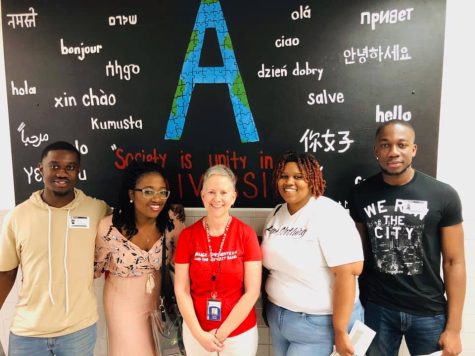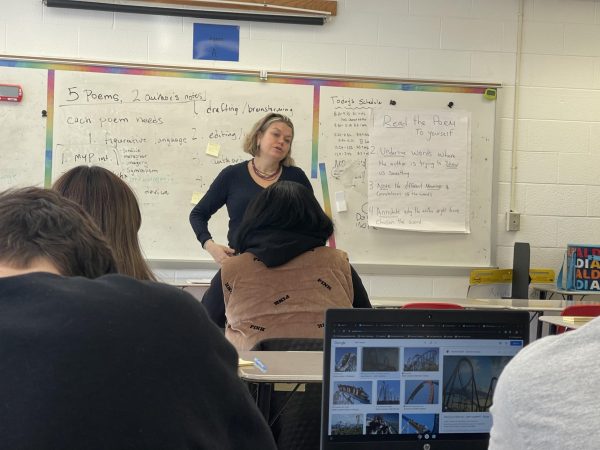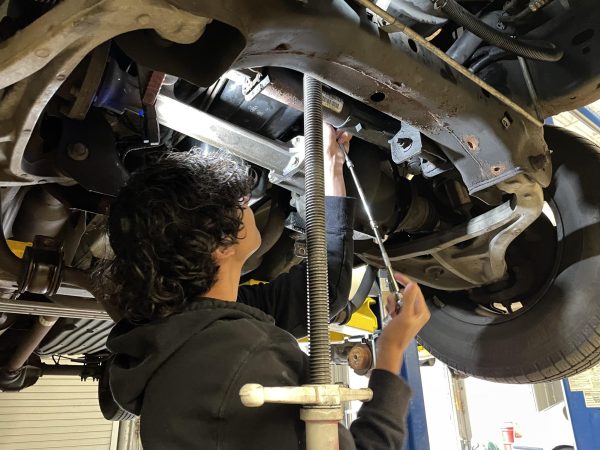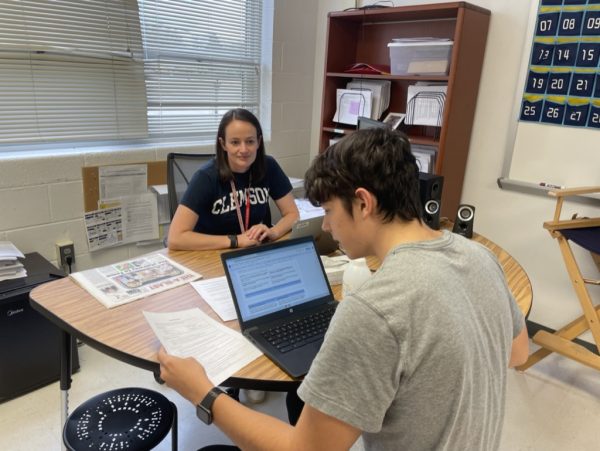Gearing up for a future in mechanics
Although many teenagers drive everyday, most would probably have no clue what to do if they ever got a flat tire or a check engine light appeared. For most, those car troubles may seem like big problems, but for students enrolled in the automotive technology class, they are only minor complications.
The automotive technology program is a series of elective courses that educates students on the basics of repairing and maintaining automobiles with the use of hands-on training.
In the auto tech department, there are three different levels of classes that students have the choice of taking: Auto Technology One, Auto Technology Two, and Auto Technology Three.
Auto Technology One is the first level course, usually for beginners, which teaches the basics of working with cars. The class usually consists of freshmen and sophomores and is taught by auto tech teacher Randolph O’Dell.
Auto tech teacher Anthony Maniatakas teaches auto technology levels two and three which consists mostly of juniors and seniors.
In all classes, students are taught everything about cars, starting with the basics. Since the third level classes are a little more advanced, they learn things at a more gradual pace and focus more on drivability and electrical projects.
“I see my second level kids during R1, W2, R5, and W6, and my third level kids during R7 and W8, the higher level classes are always at the end of the day,” Maniatakas said.
Maniatakas runs his class on a weekly routine with Mondays being a clean up day.
“We clean the whole workplace, scrub the floors, and wipe everything down, which is mainly why I always have a clean shop,” Maniatakas said.
On Tuesdays, students are assigned classwork to complete.
“Right now we are doing basic engine work, so class assignments could consists of anything from cylinder heads, to valves, to crankshafts, to pistons, to connecting rods,” Maniatakas said.
During classes on Wednesdays, Thursdays and Fridays students work out of the shop on various jobs which could include brakes, struts, tune ups, oil changes, radiators, and gasket leaks.
“I love learning new things and being able to fix different parts of the car, my favorite thing that we have done so far was learn how to take the engine out of the automobile successfully,” sophomore Joe Gaston said.
Students are never assigned homework but are graded on how they perform in the class.
“If I give a student a job that I expect to be completed within an hour, it should be done. If they do not finish, their grade will be lowered to what I think they deserve depending on the difficulty of the job that was assigned,” Maniatakas said.
One major rule that Maniatakas enforces is that if a student shows up late to class they will not be able to work in the shop for that class period.
The auto shop also has rules set in place with the intent to keep students safe while working in the possibly dangerous environment.
All students are required to wear steel toed boots, eye safety glasses, and their black uniform shirt that is given to them at the beginning of the year. Every student is also required to complete a safety test at the start of the school year called SP2. If a student can not pass the test, they are not allowed to be in the class.
The cars available for the students to work on are usually donated from various places throughout the county. Some are from faculty, staff, and the community as well.
The labor rate charged for working on cars that are not donated is 25 dollars an hour for an engine job, along with the retail price for the parts needed to repair the car.
Many students take this class because they have an interest in cars and might want to do something similar as a career in the future, or just to learn more about cars and how to fix them.
“I would like to do something with automobiles in college or as a job later in life and I think this class is really preparing me for that,” Gaston said.
Others like the fact that it is an interactive class and allows students to get up and move instead of being trapped at a desk listening to a lecture for 90 minutes.
“Auto tech is one of my favorite classes because it is a hands-on class where we actually get to work on the cars instead of sitting down all period,” sophomore Ryan Fowler said.
Maniatakas agrees, his favorite part about teaching is that he gets to work with students and show them what to do rather than tell them what to do.
“Most of my students are visual learners, they understand and acquire different skills by watching and copying what I do,” Maniatakas said.

Senior Jessica Salisbury is currently the Photography editor for the A-Blast. This is her fourth year on the staff. She also spends a lot of her time playing...



